In an age where health is paramount, the quality of drinking water is a fundamental concern. Despite living in a modern era with advanced technology, the question of tap water safety still lingers in the minds of many. This article delves into the multifaceted issue of tap water safety, exploring its sources, potential contaminants, and the efficacy of regulatory standards. It will also discuss the measures one can take to ensure their household water is safe for consumption. Understanding the journey from source to tap, the filtration process, and the proactive steps individuals can take is crucial in navigating the complexities of tap water safety.
Contents
Understanding Tap Water Sources

Tap water begins its journey from natural sources, such as rivers, lakes, and underground aquifers, each with its unique ecosystem and potential for contamination. Before reaching the faucets of homes and businesses, this water is subjected to extensive treatment to eliminate harmful substances and pathogens. However, the journey is fraught with challenges, as contaminants can enter the water at various points due to environmental changes or aging infrastructure.
The intricacies of water treatment are vast and often underappreciated. Treatment facilities play a pivotal role in ensuring the safety of drinking water, employing a series of sophisticated techniques to remove impurities. Despite these efforts, certain factors, like industrial runoff, agricultural practices, and natural disasters, can compromise water quality, posing challenges to treatment plants and raising concerns about the water that flows into homes.
Contaminants That May Lurk in Your Tap Water
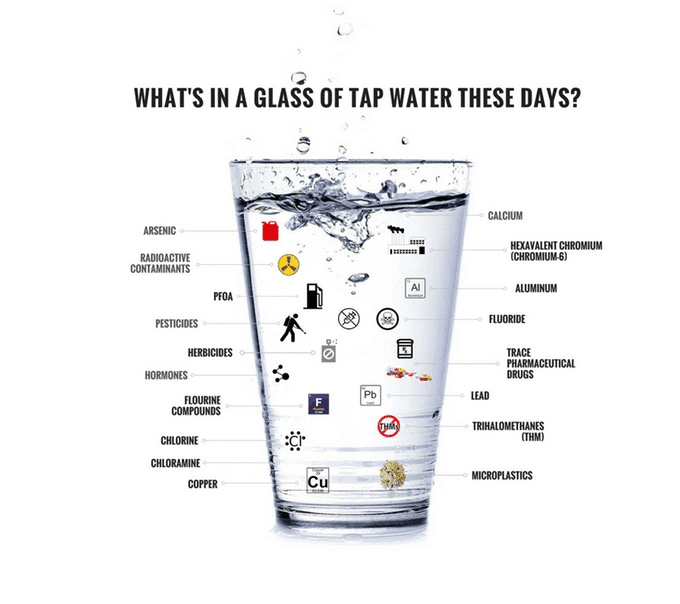
Water contamination is an invisible threat that may elude the senses, often going undetected until it poses a health risk. Tap water may harbor various contaminants, including bacteria, lead, pesticides, and even traces of pharmaceuticals, which can pose serious health risks over time. The health implications range from short-term illnesses to long-term chronic conditions, with children and the elderly being particularly vulnerable.
Certain areas are more susceptible to specific contaminants, often reflective of local industrial activities or natural mineral deposits. For instance, regions with heavy agriculture may struggle with pesticide runoff, whereas areas with old plumbing systems may face lead contamination. The geographical disparities in water quality highlight the need for tailored solutions and vigilant monitoring to ensure all communities can access safe drinking water.
Federal Regulations and Safety Standards
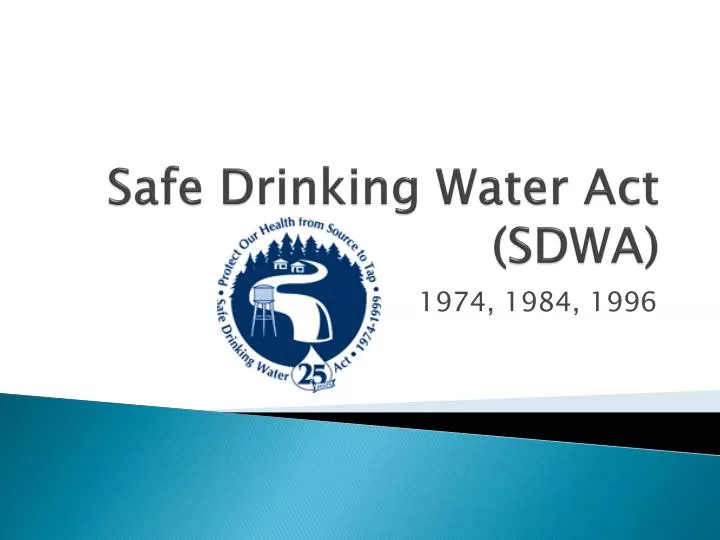
The safety of tap water is not solely reliant on treatment processes but is underpinned by a framework of federal regulations. The Environmental Protection Agency (EPA) sets legal limits on over 90 contaminants in drinking water through the Safe Drinking Water Act (SDWA). These regulations protect public health by ensuring that water providers maintain water quality within these limits.
Despite these regulations, debates about their adequacy in safeguarding against all risks persist. Existing laws do not always cover emerging contaminants, and updating these standards can lag behind scientific discoveries. As such, the regulatory landscape is constantly evolving, striving to address the dynamic nature of water quality concerns and the need for more comprehensive protection measures.
Tap Water vs. Bottled Water: The Safety Debate
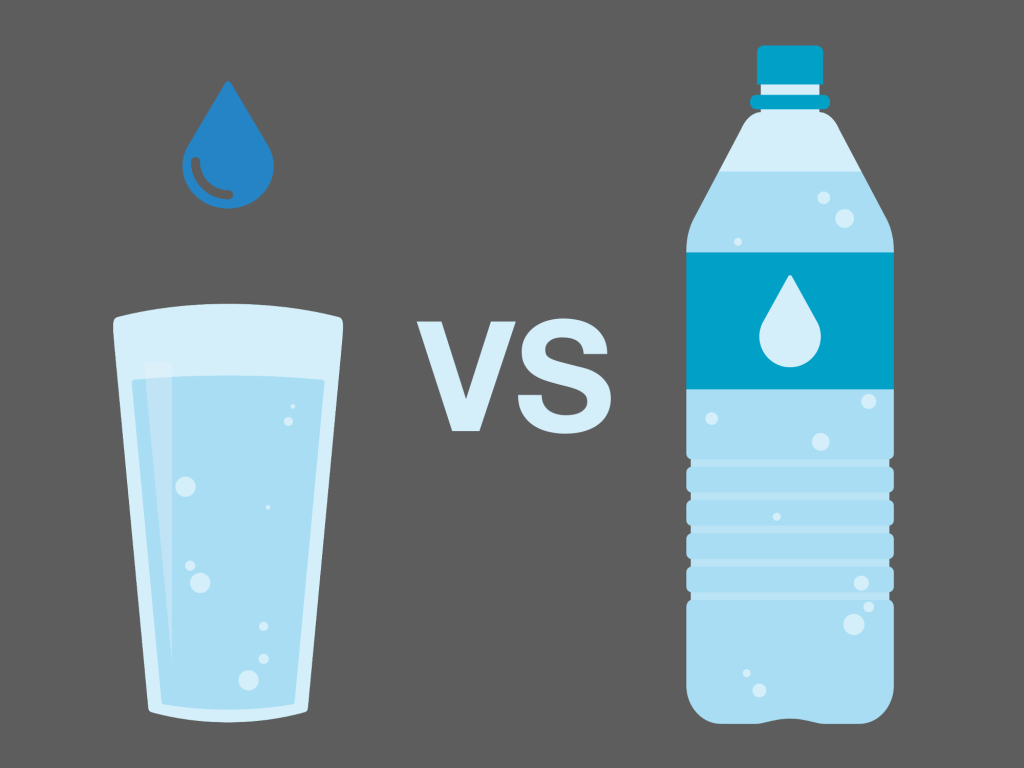
The debate between tap water and bottled water safety often polarizes consumers. Many turn to bottled water assuming it’s safer than tap, while others prefer tap for its lower environmental impact and cost. Bottled water companies tout their products as pure, but they are also subject to contamination and, in some cases, are less regulated than municipal water supplies. Moreover, plastic packaging carries environmental and health concerns due to the potential leaching of chemicals.
The environmental impact of bottled water is undeniable. The production and disposal of plastic bottles generate significant pollution and waste. Furthermore, the economic implications cannot be overlooked; bottled water can cost up to 2,000 times more than tap water. While bottled water may be necessary in areas where tap water is undeniably unsafe, for most, it is an environmental and economic choice rather than a clear health benefit.
How to Test Your Tap Water
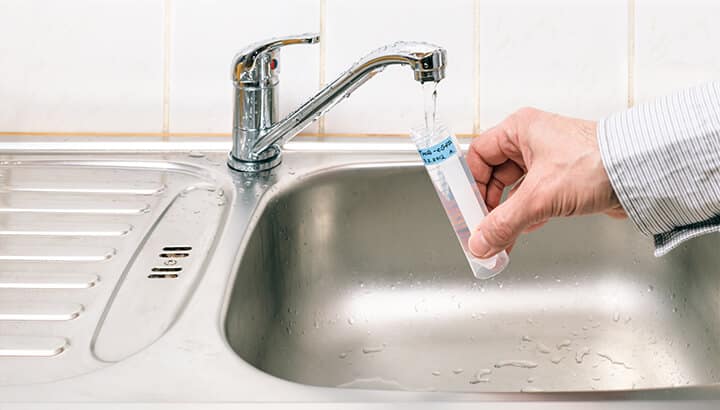
For those concerned about their tap water quality, testing is the first step to assurance. Home testing kits are widely available, offering a quick and easy way to detect common contaminants like lead, chlorine, nitrates, and bacteria. However, they are not foolproof and often do not test for all contaminants. For a more comprehensive analysis, professional testing services can provide detailed reports and peace of mind.
Understanding the results of water tests is critical. The presence of any contaminant should be compared against the EPA’s National Primary Drinking Water Standards to determine if the levels are within the safe range. If tests indicate a potential problem, various channels exist to seek help, including local water suppliers and environmental agencies. Staying informed and proactive is key to ensuring water safety at home.
Filtering Your Tap Water: Options and Effectiveness
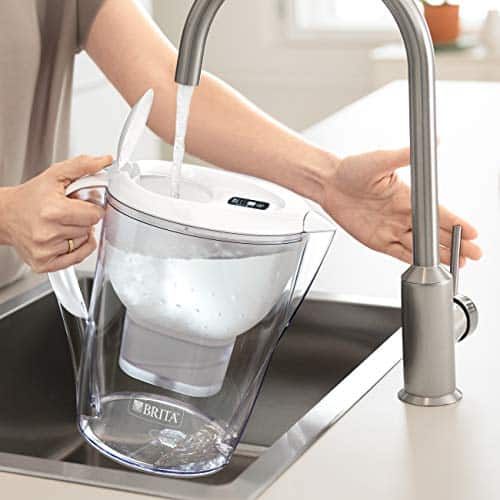
When it comes to purifying tap water, filtration systems offer a line of defense against contaminants. From simple pitchers with carbon filters to sophisticated reverse osmosis systems, the options vary in complexity and effectiveness. Filters can reduce substances like lead, chlorine, and some bacteria, making water safer and improving its taste. However, not all filters are created equal, and selecting the right one depends on the specific contaminants present in the water.
The science behind these filtration methods is rooted in removing unwanted elements while maintaining the beneficial minerals that water naturally contains. Understanding the technology that each type of filter employs is essential when choosing a system. For instance, while activated carbon filters are excellent for chlorine and organic compounds, they may not remove heavy metals or fluoride. Thus, matching the filter to the specific contaminants identified through testing is crucial for optimal water quality.
The Role of Local Water Suppliers and Government

Local water suppliers are tasked with the immense responsibility of providing safe drinking water to the communities they serve. They must adhere to federal standards, regularly test water quality, and inform the public of any issues. Transparency in reporting and responsiveness to problems are key to maintaining public trust. In recent years, initiatives to upgrade aging water infrastructure have gained momentum, recognizing that investment in these systems is vital for long-term water safety.
Government agencies at all levels play a part in safeguarding water quality. They enact and enforce regulations, fund infrastructure projects, and support research into better water treatment methods. Public engagement with these bodies is critical; informed citizens can advocate for stronger protections and improvements to ensure water safety remains a top priority. Participation in community meetings and public forums is an effective way for individuals to influence water safety initiatives.
Actionable Steps for Ensuring Safer Tap Water
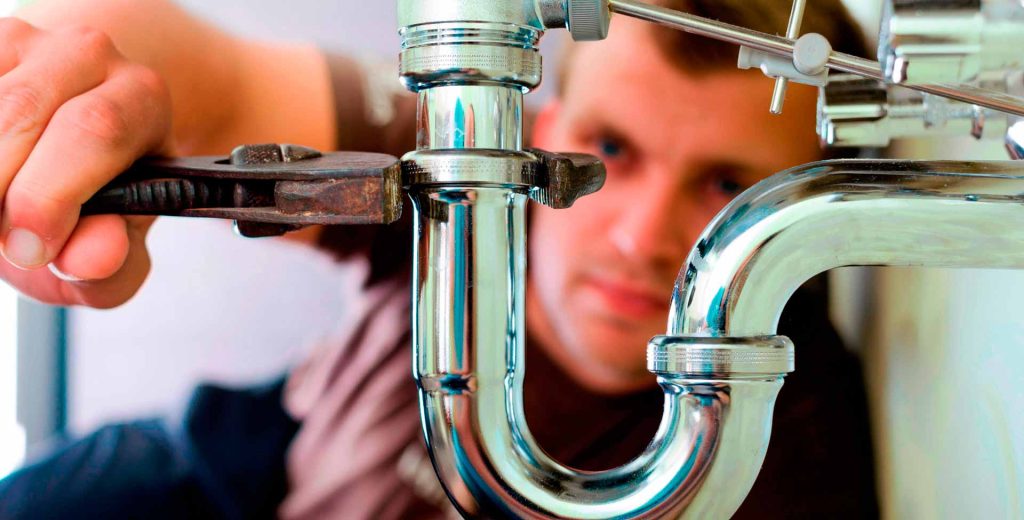
Ensuring the safety of tap water is a shared responsibility. Beyond relying on government and suppliers, individuals can take actionable steps at home. Regularly maintaining plumbing systems, replacing pipes that may leach contaminants, and installing appropriate filtration systems are direct actions that can make a significant difference. Being vigilant about changes in water taste, odor, or appearance can also indicate new or emerging issues.
Advocacy for better water regulations and community involvement are proactive steps toward collective water safety. Citizens can catalyze change by voting for local officials who prioritize water issues, participating in local water boards, or supporting environmental groups focused on water quality. Ensuring safer tap water is not a passive process; it requires active engagement and a willingness to be part of the solution.
The Bottom Line
Conversations about tap water safety are more than mere whispers among concerned citizens; they represent a critical dialogue on public health and environmental stewardship. The collective efforts of individuals, communities, and governments are all vital in this continuous pursuit. While challenges remain, the resilience and adaptability of water safety measures give rise to optimism. By staying informed, taking personal initiatives, and advocating for progressive policies, each person contributes to the safeguarding of our most precious resource. The quest for safe tap water is ongoing, and with each step forward, we ensure a healthier future for generations to come.